This article is part of ZMS Cable’s newly launched Transportation Topic Series, designed to help readers understand the advantages and key considerations for different cable transportation methods. Whether you’re a customer looking to choose the best shipping option or a reader seeking comprehensive information on international logistics, we’re here to guide you.
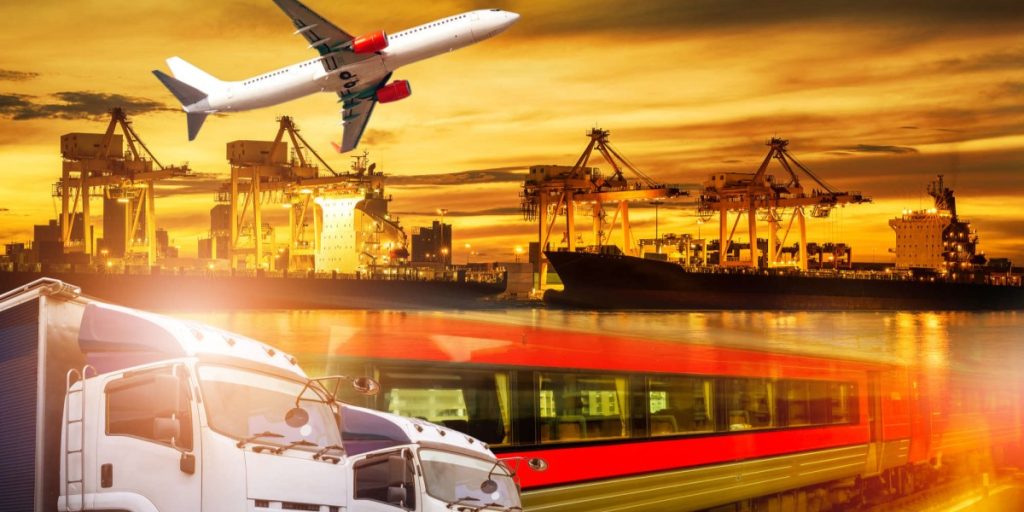
When exporting cables from Chinese ports to the global market, the most common transportation modes include ocean freight, air freight, rail transport, and road transport.
Understanding the Market Applicability of Different Transportation Modes
- Ocean Freight & Air Freight: These are the most widely used transportation modes worldwide, suitable for nearly all countries and regions. Air freight is especially valuable for urgent orders.
- Rail Transport: Ideal for Belt and Road countries, including Central Asia, Russia, and parts of Europe, leveraging China-Europe block trains for fast connections.
- Road Transport: Primarily used for short-distance cross-border deliveries between China and neighboring countries (e.g., Southeast Asia, Central Asia) as well as domestic port-factory transfers.
Understanding the market applicability of each mode helps you design targeted cable packaging solutions that ensure product safety and cost-effectiveness.
Why Does Transportation Mode Affect Cable Packaging?
Different transportation modes have distinct packaging requirements:
Varied Transport Environments:
- Ocean freight faces high humidity and salt spray;
- Air freight prioritizes lightweight and easy handling.
- Rail transport demands vibration resistance and anti-damage features.
Different Handling Methods:
- Some modes involve frequent loading/unloading (multi-modal transport), requiring robust packaging;
- Others may involve a single container load.
Cost Structure:
- Transportation fees, insurance, handling fees, and warehousing costs are closely tied to the weight and volume of the package.
- Thoughtful packaging can reduce overall logistics expenses.
Exporters must tailor packaging solutions to the characteristics of each transportation mode, ensuring product safety while controlling logistics costs. For example, for ZMS customers in Brazil or Argentina—some of the farthest destinations from China—careful planning of both shipping method and packaging is essential to ensure on-time and safe delivery.
Ocean Freight: Moisture-Proofing, Corrosion Resistance, and Stability
Ocean Transport Characteristics
Ocean freight is the most common method for exporting cables internationally, particularly for bulk and long-distance shipments. It offers low cost and high capacity, but must withstand the challenges of the ocean climate, including salt spray, high humidity, and temperature variations.
Ocean Freight Packaging Guidelines
- Moisture-Proofing:
- Steel-wood or full-steel reels with waterproof coating or moisture-resistant film;
- Plastic wrap to block sea moisture;
- Desiccants in containers to prevent mold and insulation aging.
- Salt Spray Corrosion Resistance:
- Anti-rust oil or paper for exposed metal parts;
- Zinc-coated steel reels or bolts for long voyages.
- Stable Stacking:
- Upright stacking, secured with wooden blocks or straps inside containers to prevent tipping or rolling.
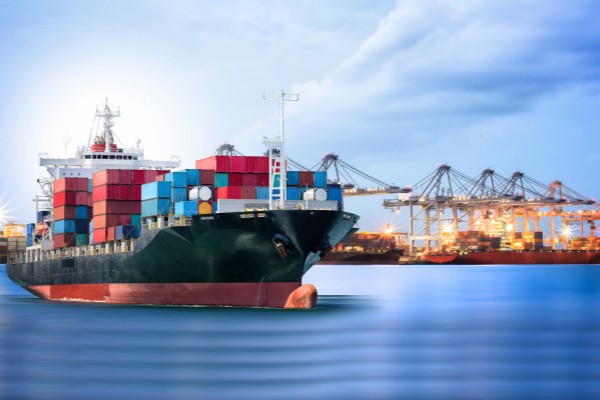
Air Freight: Lightweight and Size Optimization
Air Transport Characteristics
Best for urgent orders or high-value cable shipments (e.g., urgent samples). Air freight is fast but expensive, with strict weight and size limits.
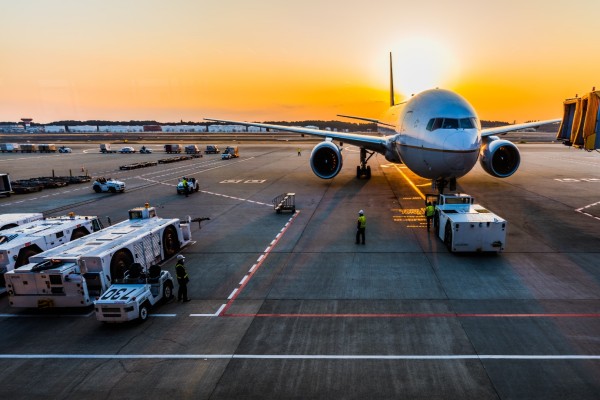
Air Freight Packaging Guidelines
- Lightweight Design:
- Plywood or lightweight wooden crates;
- Minimize heavy steel reels unless necessary.
- Dimension Control:
- Usually height ≤160cm, weight ≤300kg (check with airline for specifics);
- Oversized cargo requires special declarations and extra fees.
- Shock Protection:
- Foam pads and cushioning for cable ends;
- Reinforced crates to withstand air cargo handling.
- Labels and Markings:
- Display weight, dimensions, destination, and handling instructions.
Rail Transport: Vibration and Compression Resistance
Rail Transport Characteristics
Increasingly popular along Belt and Road routes. Faster than ocean freight, cheaper than air freight. Requires careful planning for vibrations and repeated loading/unloading.
Rail Transport Packaging Guidelines
- Vibration Resistance:
- Steel-wood reels with shock-absorbing pads;
- Protective covers on cable ends.
- Compression Resistance:
- Large reels on bottom, small reels on top;
- Use straps or braces to prevent movement in wagons.
- Moisture Protection:
- Desiccants and moisture-resistant film for multi-climate routes.
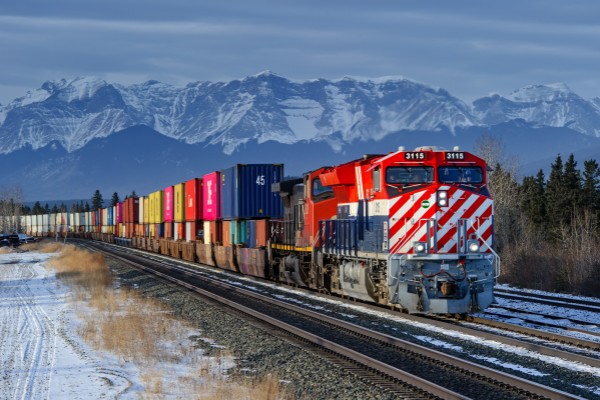
Road Transport: The Choice for Short-Distance Shipments
Road Transport Characteristics
Ideal for domestic port transfers or deliveries to neighboring countries. Flexible but affected by road conditions, weather, and frequent handling.
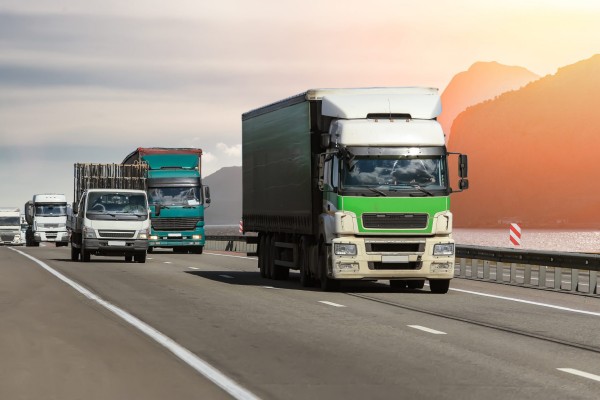
Road Transport Packaging Guidelines
- Stability:
- Secure with truck straps, wooden blocks, or barriers.
- Dust and Rain Protection:
- Cover with tarpaulins or plastic sheeting.
- Easy Loading/Unloading:
- Forklift slots for quick and safe handling.
ZMS Cable’s Comprehensive Recommendations
| Transportation Mode | Main Risks | Recommended Packaging Materials | Securing Methods | Key Protections |
|---|---|---|---|---|
| Ocean Freight | Vibration, compression, long distances | Steel-wood reels, plastic wrap, desiccants | Container straps, wooden blocks | Moisture, corrosion |
| Air Freight | Lightweight demands, size limits | Plywood crates, foam pads, lightweight boxes | Reinforced crates | Shock, weight |
| Rail Transport | Frequent handling, dust, and rain | Steel-wood reels, shock-absorbing pads | Braces, straps | Vibration, moisture |
| Road Transport | Frequent handling, dust, rain | Wooden reels, tarpaulins | Truck straps | Dust, rain |
Step 2: Consult logistics partners to refine solutions.
Step 3: Standardize packaging templates after testing for reliability and accuracy.
FAQ
The main transportation modes are ocean freight, air freight, rail transport, and road transport. Each mode offers unique advantages and considerations for cable exporters.
Ocean freight exposes cables to high humidity, salt spray, and fluctuating temperatures, which can cause corrosion and insulation damage. Proper moisture-proof packaging ensures product safety.
Optimize packaging weight and dimensions, select suitable packaging materials, and consult with logistics experts to determine the most cost-effective transportation routes and methods.
Lightweight plywood crates, foam pads, and reinforced wooden boxes are preferred for air freight to meet weight and size restrictions while protecting the cables from damage.
Rail transport often involves vibrations, frequent loading/unloading, and size limitations in wagons. Anti-vibration pads and secure stacking are essential for protecting cables.
ZMS evaluates the customer’s specific transportation needs, route conditions, and packaging requirements to develop safe, efficient, and cost-effective solutions tailored to each shipment.
At ZMS Cable, we’re dedicated to helping you navigate every step of the cable export process with confidence. If you’re planning your next shipment and want expert advice on packaging and logistics, feel free to reach out:
📞 Email: zms@kvcable.com
🌐 Website: https://kvcable.com/
📱 WhatsApp: +86 17303836349
